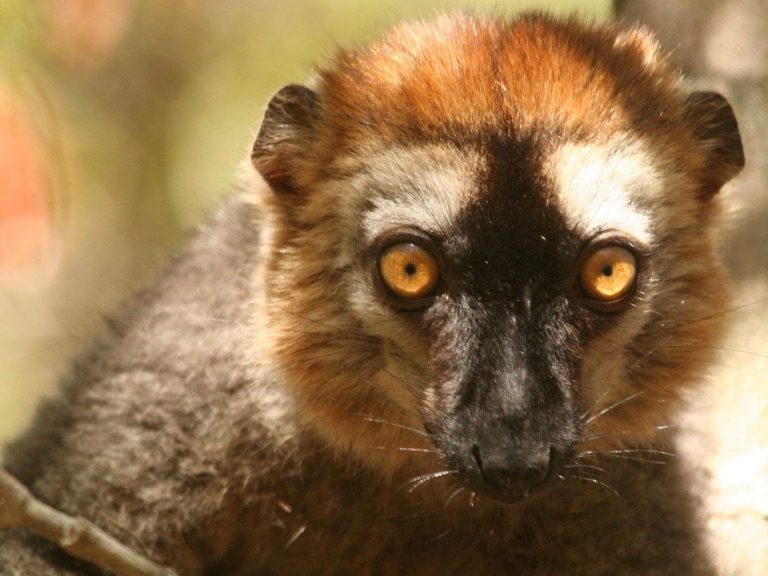
natural history of the red island
An exciting tour of the world’s fourth largest island, home to unique wildlife and facing major conservation problems.
Madagascar is up there as one of the ‘must visit’ wildlife destinations. Separated from mainland Africa by the 400km of the Mozambique Channel, Madagascar split off from Africa some 160 million years ago to leave the fourth largest island in the world.
Its millions of years of isolation has left Madagascar as home to a unique collection of wildlife, of which more than 80% is found nowhere else on the planet. These include giant baobab trees, most of the world’s chameleons, more than 100 endemic birds, including no less than five endemic families (ground-rollers, asities, mesites, vangas and Malagasy warblers) and, most famously of all, the endearing lemurs, from the chimpanzee-sized Indri to the smallest primates in the world, the tiny mouse lemurs, weighing in at just 30 g. Indeed, with 87 species of extant lemur, this is one of the most primate-diverse countries on the planet.
This thirteen-day trip will take in the low altitude rainforest of Andasibe, home to the famous singing Indri; the mid-altitude rainforest of Ranomafana with a good variety of rainforest bird species; the dry forests of the south where Ring-tailed Lemur and bouncing sifakas will entertain us; and the bizarre spiny forests around Ifaty with their rich endemic flora. At each step of the way, a whole new suite of endemic species can be found.
Our visit also has a major ecotourism focus. After the recent political troubles, the country’s economy needs the support of tourism more than ever if the island’s unique habitats are to survive.
Download trip report
Please note that holidays change, although sometimes only slightly, from year to year and previous trip reports may not reflect the planned itinerary, or other holiday details, for the current trip. Please ask us if you would like to know of any significant differences.



